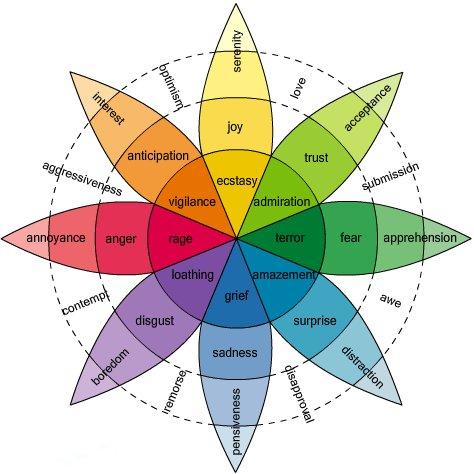
What is it that brings the customers back for more in the shopping website? Taking Yahoo and PChome’s shopping channels for example, Yahoo has more online shops than PChome. There is a complicated emotional relationship involved in all this. Humans are emotional animals who think which is precisely why this certain kind of emotion maintains the relationship between the product and the customers, making a customer to identify with the product. This is the same emotional commitment we wish to see a user have for our web pages.
Emotion—Behavior Correspondence
From psychology’s point of view, emotion is the response induced by external stimulation. In other words, your emotion receives external stimulation that in turn causes physical and behavioral response. Why do we want to talk about behavioral response? The study of user behavioral response can help us understand users better through their facial expressions or body language. For example, a baseball player who swings the bat, does he swing it because he’s angry and ready to beat you up or to hit the ball?

Example:

In the digital environment, we can’t analyze people’s behavioral clues face to face but through user interactive platform, we may observe their emotional status when they use the websites. Through quantitative data, we could analyze users’ response process. We analyze user experience not to affect user’s superficial behaviors but to meet most people’s emotional experience and to enhance the design accordingly. We don’t assume emotional default setting but observe user response and trigger powerful emotional engagement through reverse engineering analysis. We improve upon the weak links in the web page to achieve better user experience.
Behavioral Response
Human emotions can be categorized into various types. The earliest psychological dichotomy split emotions into positive and negative types. One of the most well-known psychologists, Robert Plutchik invented the Wheel of Emotions which theorizes on different intensity of emotions. Emotions engaged between different individuals may even create different emotional result and thus create new emotional state.
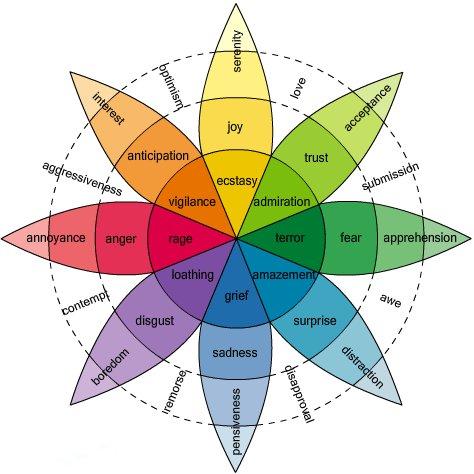
After the user experienced the product, the created emotions can be heightened and intensified through commitment to the website, product branding and other factors such as SEM, ads, news and social networks. Based on the information acquired by the users, the emotional engagement level they have for the digital products can be classified into four phases: awareness, attraction, investment and acceptance.
Awareness
User experience starts at the visiting page. This is the process that needs to be focused on building confidence and increase user’s sense of participation and emotional response. We may understand users’ recognition level based on the indicators such as webpage display, website hit, video watch, impression etc. Through a simple A/B test, we could analyze user interface and make decision on the design and content of the website. (Google’s Website Optimizer、Visual Website Optimizer、Optimizely)

Attraction
Pictures and icons comprise a huge part of the website design. In addition to increase visual incentive, some may even affect users’ emotional input to the platform. Therefore, finding the part that receives the most attention in the interface and strategically generate user interest in clicking certain button or phrase, such as insert illustrations or icons in prompting the users to click on the button, is very important.
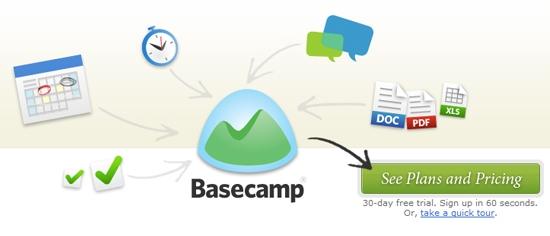
Investment
If users want to register with the website rather than just simply browsing, that means they’re interested in your product and they trust your reputation and that they are willing to input more time or perform behaviors which may involve some risks, i.e. downloading files or submit credit card information. However, the long-winding registration process may discourage such participation, to simply the steps and reduce sense of annoyance will result in more trust. For example, allow customers to place orders under pre-login status, use alternative personal identification (API) such as Facebook, safety and credibility, actively monitor web reputation etc.
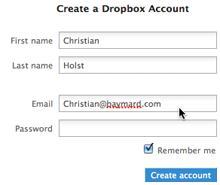
Acceptance
When users think the webpage is a place to provide interaction or obtain knowledge, their emotional engagement with the product will also be affected by interactions with other which makes it easier for users to integrate your product into their everyday lives. For example, Yahoo’s rating system allows other buyers to rate the product which makes it easier to obtain information and promote your brand.
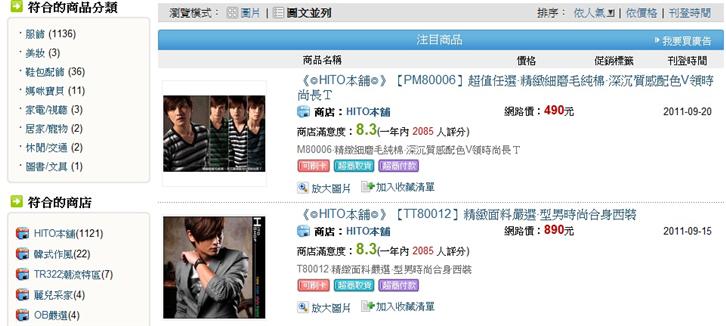
Summary
The main purpose of interface design is to combine design with content to effectively attract visitors to become registered members. Despite your interface is up to the standard, if your design is banal and content ill-planed, the result may still be a disaster. Behavioral and emotional response can help the website to determine the weakest links and perfect the interface design.
Reference
http://uxdesign.smashingmagazine.com/2011/05/19/optimizing-emotional-engagement-in-web- design-through-metrics/
http://web.e800.com.cn/articles/2011/63/1307065344027_1.html
http://www.do2learn.com/organizationtools/EmotionsColorWheel/index.htm
http://baymard.com/blog/simplifying-sign-up
————————————————————–
About Author
Gamania UI Designer Center / Penyuan Liao
Adopting a User-Center Design approach, the Center seeks to improve upon Group initiated projects to promote Gamania self-produced products and give the players the best user experience.
————————————————————–
